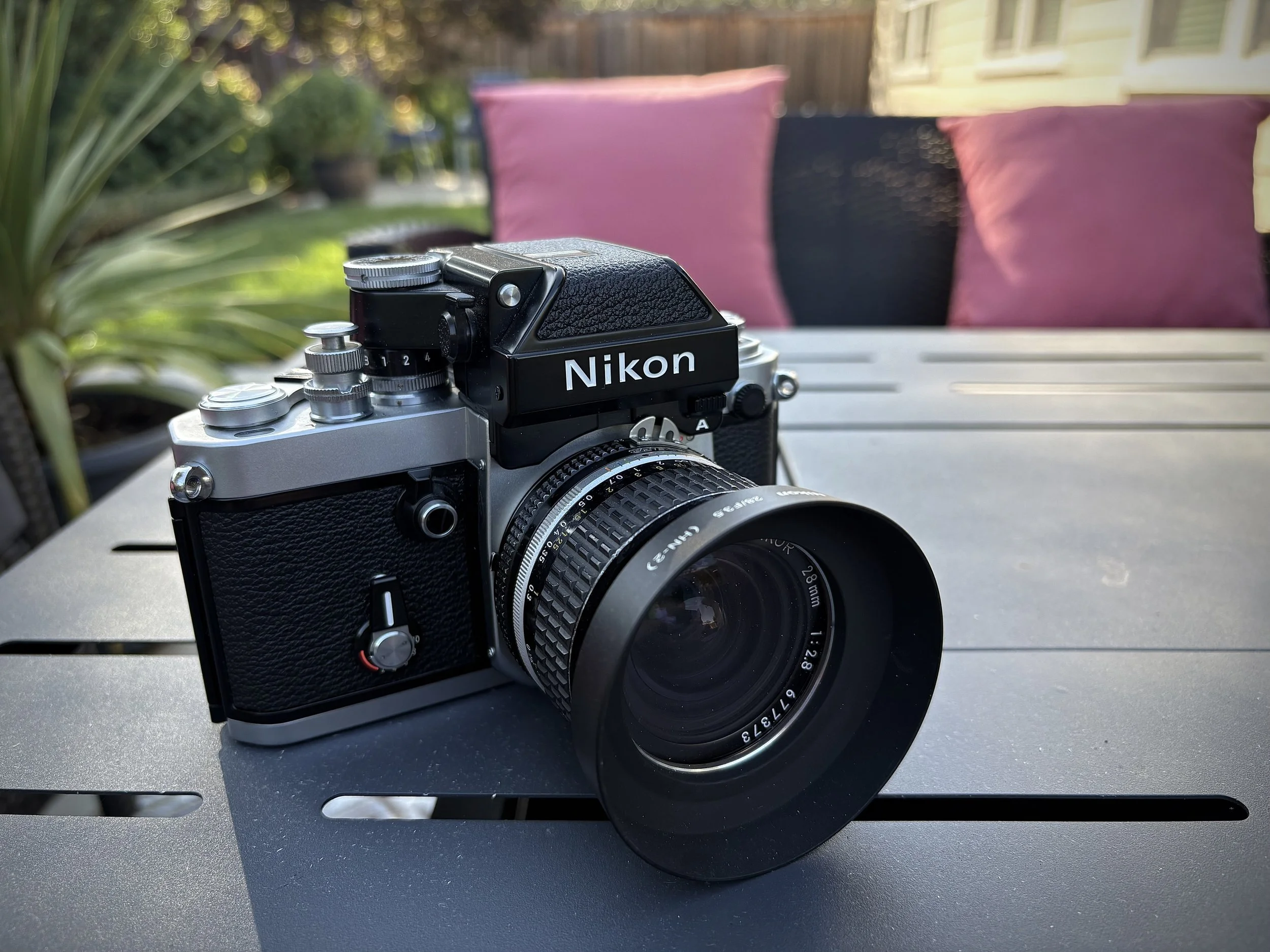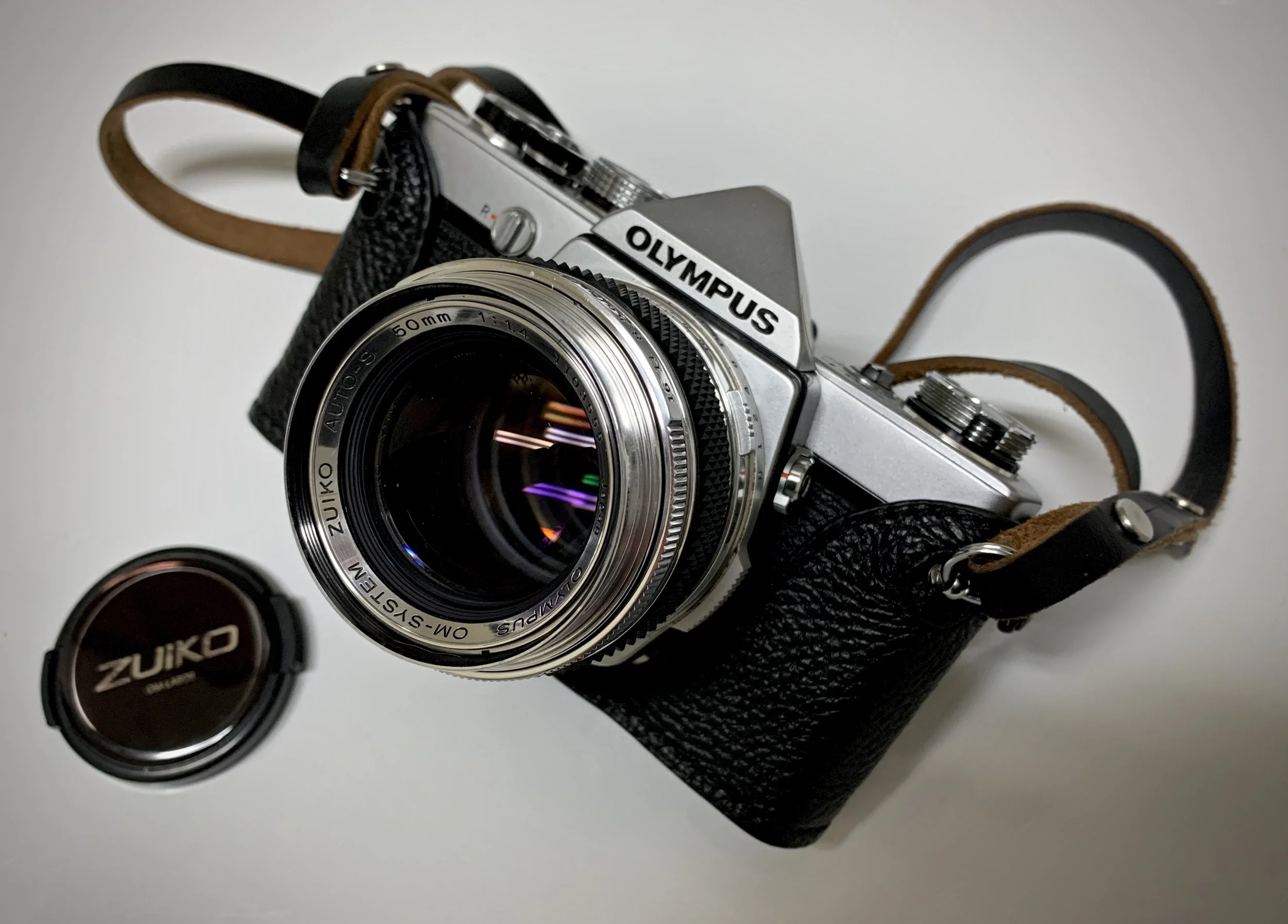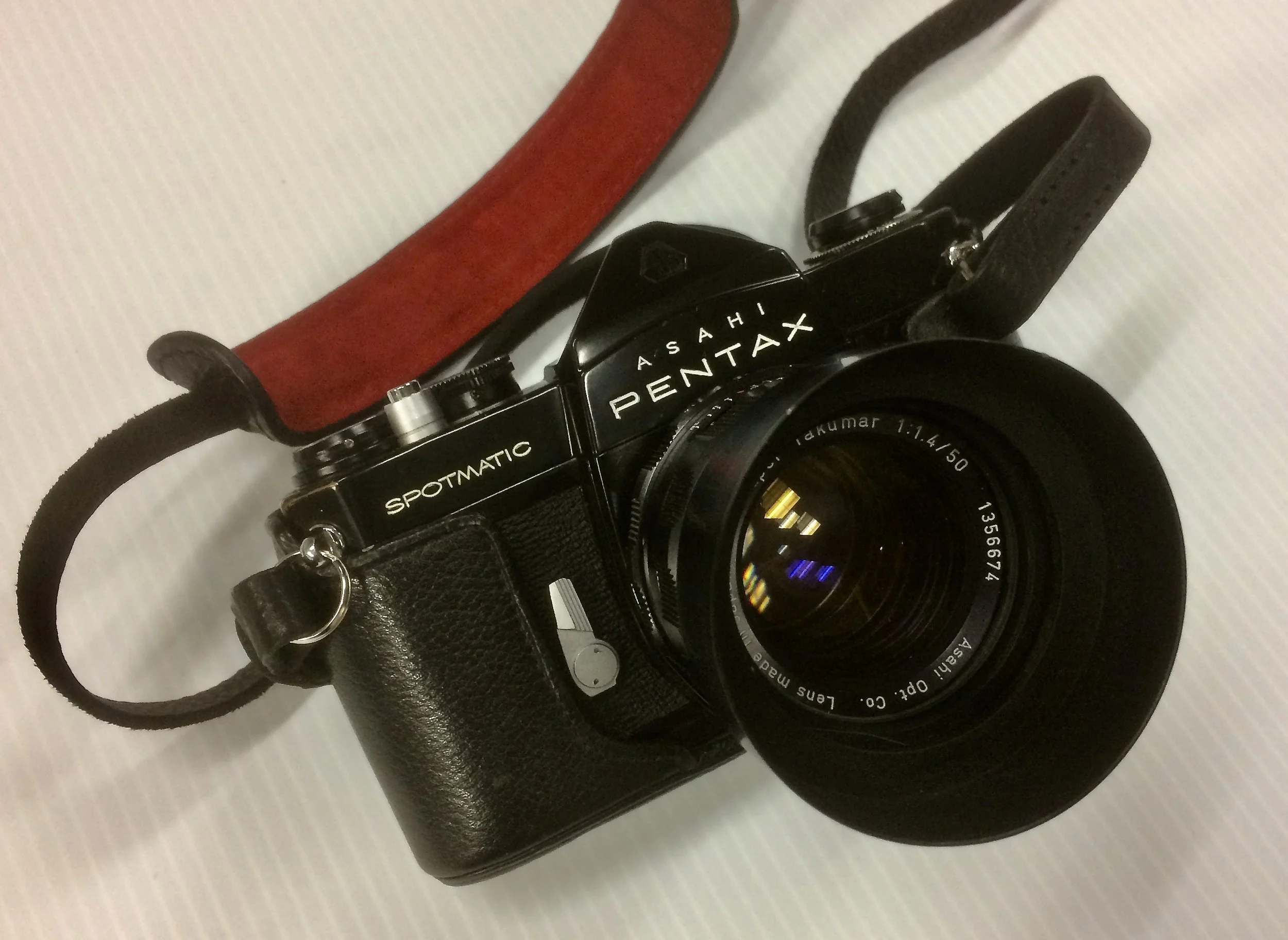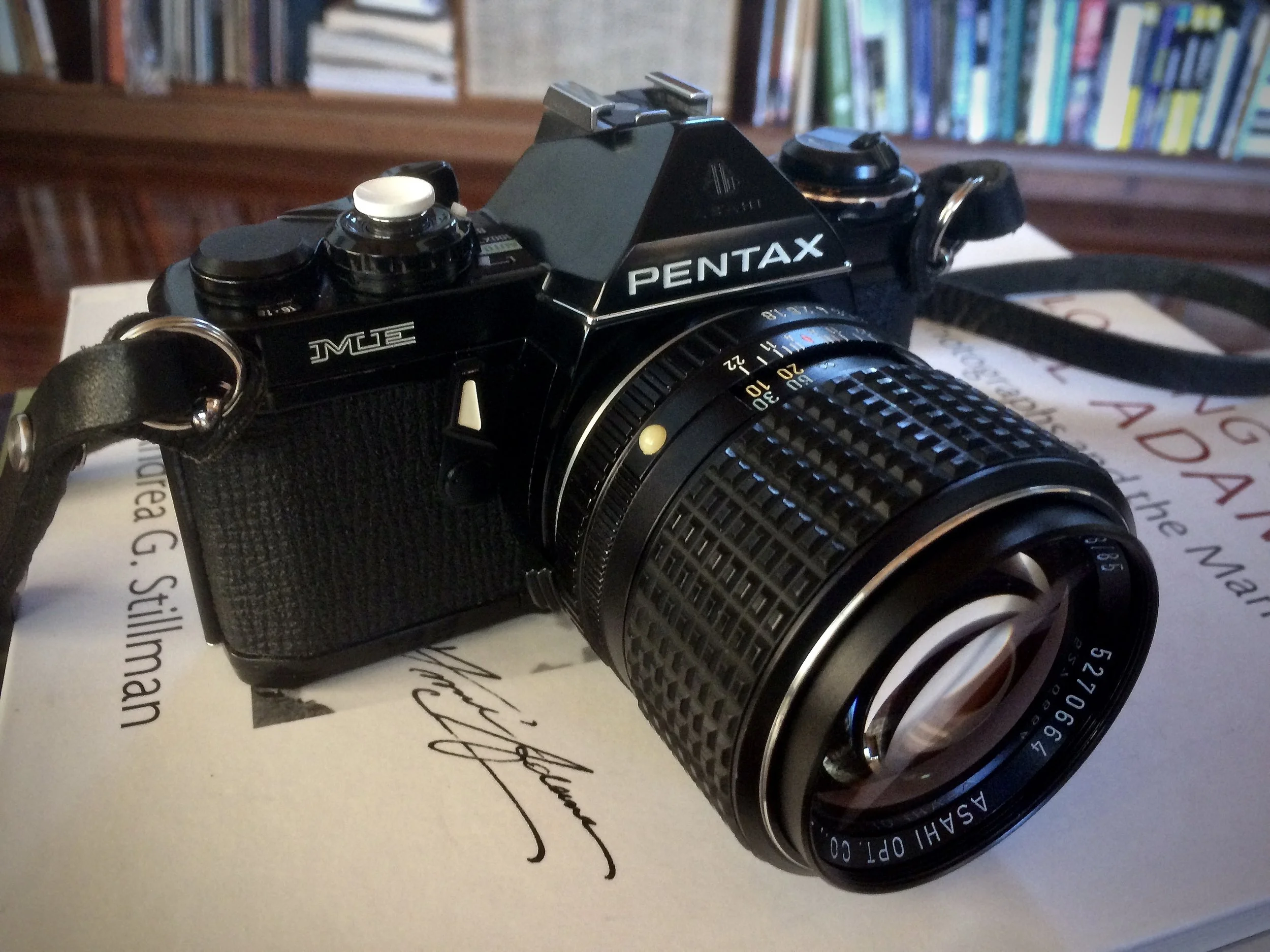The Real Reason to Buy a (Mostly) Mechanical Film Camera
On the various analog photography social media groups I follow, not a week goes by where someone doesn’t talk about how important it is to buy a fully mechanical film camera because you don’t want to be dependent on batteries. “What happens if you are out in the field and your battery dies?” Or the other one: “You should go fully mechanical without need for built-in, battery-dependent light meters because you can carry a hand held meter or use your iPhone.” That one always amuses me because most modern hand held meters use a battery and of course, the same holds true for smartphones.
I have said this before, but I have been taking pictures with various film cameras for just over 50 years and I have never had a camera battery die when I am out shooting. Never. Ever. In a mechanical camera, where the battery only powers the TTL meter, a typical battery will last years, even if you shoot a lot. Electronic cameras, like the Nikon F5 or a Contax RX, where the batteries not only power the meter but also provide juice for auto focus and film advance, are a different story. Those cameras chew through batteries more quickly. But for a Nikon F2 or FM, a Pentax Spotmatic, Olympus OM-1 or 2, Canon F-1 or similar—you’ll more likely change the battery because you want to than because you need to.
Olympus OM-1 - Simple, mechanical, elegant
The real reason to buy a mechanical film camera in 2025 is because, if needed, it’s easier to find a technician who can service them plus repair and parts costs are more reasonable. I love my Nikon F5. It is probably one of the finest, most capable film cameras I have ever used. But one day, it will stop doing something it is suppose to do and I really don’t know anyone who works on them anymore. And if someone did, they would probably tell me it was cheaper to go find another working F5 than repair mine. Same is true with the Pentax LX. I loved my LX. Actually, I have owned three. Two died and I sold the third. I hope it is still out there somewhere clicking away. I was able to get one of my LXs repaired and it cost a fortune because the tech had to buy a donor body to replace circuit boards. And that tech no longer works on the LX….only on mechanical Pentax cameras because of lack of parts and because it’s just too expensive.
Pentax Spotmatic- The first 35mm SLR with TTL metering
When I say “mechanical camera”, I guess I mean mostly mechanical. Mechanical cameras with built in light meters are bullet-proof. And the late 70s and early 80s cameras with electronically controlled shutters and simple auto-exposure systems (Nikon FE, FE2, F3, Canon AE-1, Pentax ME/ME Super, etc.) are well built and robust. These are the types of film cameras that are fairly inexpensive to buy and easier and less expensive to have serviced.
Pentax ME-Classic, basic 70s SLR with aperture priority AE
Once you start getting into cameras with built in motor drives, auto-focus and lots of other features (Nikon F4, F5, Canon EOS, Contax RX, Leica R8, Minolta Maxxum) you are into cameras that suck up batteries and can cost a lot to repair—if you can get them repaired.
Based on my ownership, use and service, here are my recommendations for good, dependable, mechanical and mostly mechanical film cameras:
CANON: FTb, F1, F1n, New F1, A-1, AE-1, P
CONTAX: S2, S2b
HASSELBLAD: 500c/m
LEICA: M6
MINOLTA: SRT Series
NIKON: F, F2, F3, FM, FM2, FE, FE2, SP
NIKKORMAT: FTn, FT-2, FT-3
OLYMPUS: OM-1, OM-1n, OM-2, OM-2n
PENTAX: Spotmatic, KX, K2, KM, K1000, ME, ME Super
Again, this list is based only on cameras that I have personally experienced. You may have others to suggest and I welcome those in the comments or email.




